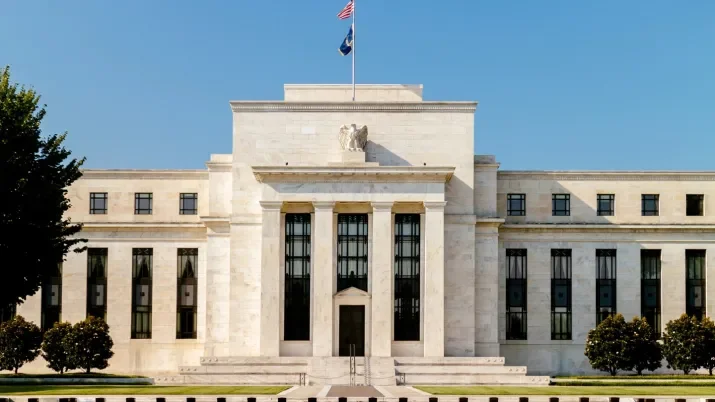That shrinking feeling: Money supply tightens as rate hikes feed through
The ECB has just published its monthly ‘Monetary Developments in the Euro Area’ report and, for a second month in a row, growth in M3 was below zero year on year, with the downward trend actually accelerating from -0.4% in July to -1.3% in August. As a reminder, M3 is the broadest measure of money supply and, while M1 includes currency in circulation and overnight deposits, M2 comprises M1 plus longer deposits, M3 adds money market fund shares and others on top.
Money creation (or destruction) is an important, yet not straightforward concept, which in our view has had a lot to do with the demand-led part of the inflation problem the world is facing today. In the aftermath of the pandemic, all money supply measures increased dramatically, including the Monetary Base as well as broader money measures, such as M1, M2 and M3. This reflected the enormous monetary and fiscal packages, which in monetary terms translated into a large increase in deposits in the economy and in reserves on banks’ balance sheets.
Note that when QE started in Europe, because of the monetary response to the GFC, it was the narrower M0 (Monetary Base) that ballooned and experienced close to 70% growth year on year but not the broader M2 and M3 measures, which grew in the region of 3% to 4%. In the aftermath of Covid, however, M2 and M3 grew at annual rates only seen twice in the last 40 years in Europe. In the US in 2020, the M2 measure (the Fed no longer reports M3) grew at the highest annual rates in history, while after QE in 2008 growth fell to close to all-time lows.
The reason for such a disparity in the behaviour of these monetary variables, in two seemingly similar episodes, is because broader money measures such as M3 have more to do with the banking sector’s willingness to lend and the appetite for borrowing among consumers and firms, rather than the central banks’ QE programmes. In the aftermath of the collapse of Lehman’s, banks were in deep trouble and cut their lending dramatically.
In a recessionary environment demand for credit also falls. These combined resulted in very low money creation. Fast forward to Covid and banks were both willing and able to lend, when their phones started ringing with nervous CFOs drawing on their committed credit lines as a precautionary measure. Banks created loans on their asset side of the balance sheet balanced with new deposits, reflecting the new monies available in those firms’ accounts.
Now back to the Eurozone and M3 growth becoming negative. The main underlying reason why M3 growth is now below zero, is that net lending to the economy is falling slightly. Credit to general governments in the Euro Area declined by 2.1% year on year, while credit to households and non-financial companies grew at 0.5% and 0.1% respectively. Regarding households, it is interesting to note that ‘credit for consumption’ is holding up at 3% growth, while growth in the larger ‘lending for house purchase’ category has fallen more precipitously to 0.5%.
Looking at corporate loans, although growth in all components have cooled down, it is the ‘up to one year’ that is contracting at 7.8%, while the ‘over one year and up to five years’ and ‘over five years’ numbers are positive at 2.5% and 1.7%. This is likely to be a consequence of the fact that companies do not have liquidity issues and that the curve inversion makes it more expensive to borrow at shorter tenures.
Finally, the trend of consumers and companies switching from overnight deposits to longer ones continues firmly in place with ‘deposits with an agreed maturity of up to two years’ almost doubling since the ECB started raising rates, while ‘overnight deposits’ have fallen by a similar euro amount.
In conclusion, this report is further evidence that successive rate hikes by the ECB are having an impact. The behaviour of households and firms is responding as expected, with lower demand for credit, which is in turn impacting growth. At the same time, the labour market is weaking at the margin, but unemployment rates are expected to remain relatively low, which bodes well for non-performing loan formation on banks’ balance sheets.
This report, along with a steep decline in inflation expected by the ECB for the rest of year, continues to tip the scale in favour of the doves within the governing council.




